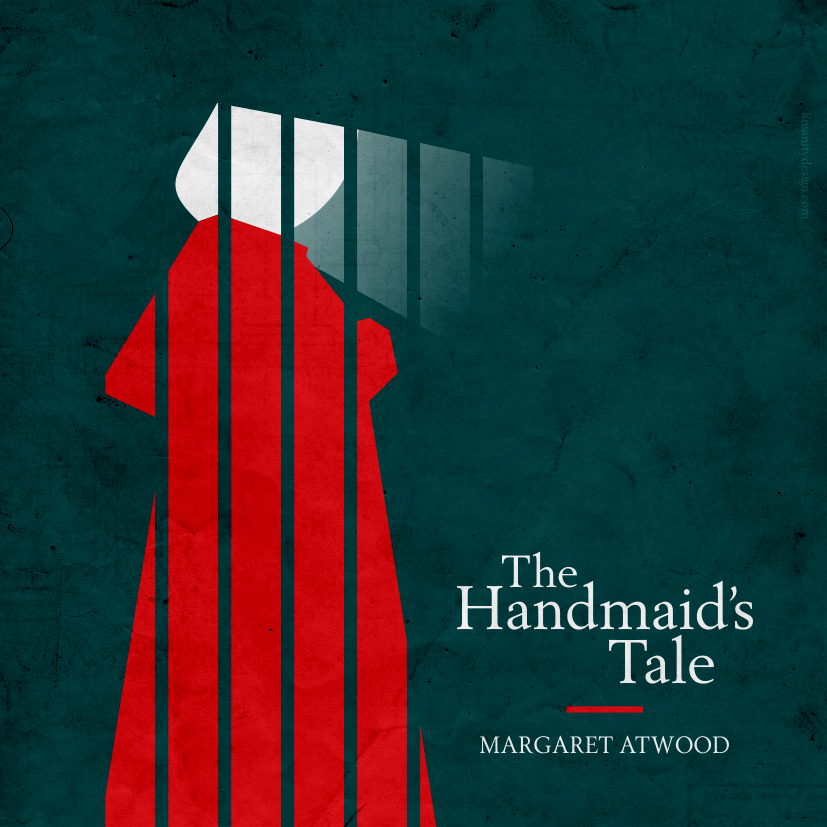The best and the brightest of the men and women tasked to spread the word in favour of military-humanitarian missions in Iraq, Afghanistan, Somalia, Sudan and other well-known western policy disaster areas gathered in London this week.
Scores of senior spokespersons, convened by the UK media development consultancy Albany Associates, met to discuss “Strategic Communications in Countries Emerging from Violent Conflict” and hear from the maestros of the trade — Blair-era spinmeister Alastair Campbell and Kosovo war NATO spokesman Jamie Shea among them.
The uniquely British system of self-censorship known as Chatham House Rules precludes the public linking of name to publicly stated opinion. But I am sure the veteran Sunday Times Afghanistan correspondent Christina Lamb, one of this week’s speakers, will forgive me for crediting her with the view that strategic communications is no more than spin for warfare.
My own view, from experience in Afghanistan and Iraq, is that at its worst it is little more than putting a little lipstick on a pig of a combat mission. The honourable purpose of this week’s conference is to establish if it can be more than that.
According to Albany Associates, strategic communications covers: “Integrated communications; public diplomacy; crisis communications; core narrative development; communications audits; media relations”.
To its most famous British exponent, strategic communications is not about spinning favourable coverage, or getting good press coverage, or manipulating the public agenda. Instead it is about giving policymakers and implementers the space they need to move from A to B.
Which is why, he said, policymakers should take the opportunity to fully incorporate communications into policy development and implementation from the outset.
As was very neatly illustrated by another speaker, on a chart tracking speed of response and effect of PR statements, al Qaida can often leave western officials behind in the dust while they verify reports of atrocities.
The pressure on western spokesmen to fill the void between local allegation and international rebuttal can tempt them into hasty, inaccurate or misleading statements. Without the online evidence produced by citizens in Afghanistan, for example, the true scale of recent civilian deaths during bungled US military air attacks would never have been revealed.
The threat to the moral integrity of strategic communications is that it exists side by side by with an ongoing effort by the US military to break down the traditional barriers between propaganda, strategic disinformation and traditional public diplomacy, the all-purpose phrase used in Washington for everything from student exchanges to US sponsored ballet company tours.
It also shares space with PR companies that believe that the techniques applied to defend the reputations of car manufacturers who make SUVs with duff brakes can be applied as easily in defence of nations that make wars with duff claims to legitimacy.
Or as one suit claimed, their familiarity with commercial brand management opened their eyes to “deconstructing” a “brand” like al Qaida and “understanding” its attractiveness. If you can build up a brand, he noted, you can bring it down. The US military call it Information Operations — central to the global counter-insurgency (COIN) strategy inspired by Iraq-Afghanistan commanding US army general David Petraeus.
Yet after years of hearing claims that strategic communications is more than just dull state propaganda, its promises to deliver everything from working drains in Mazar e Sharif to the defeat of global terrorism, it seems to have failed to deliver everything except the reinforcement of citizen journalism as a direct challenge to its workings.
Its acolytes argue that the problem is that we are just doing it wrong. Even they argue that good strategic communications cannot salvage bad policy. And it is hard not to be tempted by its siren song of simplicity; all you need is an objective, a strategy and tactics. Start with that and stick with it through hell and high water.
A speaker recalled a diplomatic conversation with former president Bill Clinton about Russian nuclear missile counts on the day the catastrophic Starr Report was published. Later he asked him how he managed to carry on?
Clinton told him. He had an objective (not to leave power in shame); a strategy (to do the job that only he as president could do); and tactics (to make sure people knew he was doing that job). And, said the speaker, visibly impressed, it worked.
Tempting indeed. You can survive a Lewinsky affair or a war started in the face of public resistance of a million or more voters, armed with no more than strategic communication’s 15 key rules of engagement.
But maybe free expression rights campaigners could put the same techniques to honourable use in pursuit of their own objectives. Albany Associates have deployed everything from street theatre to children’s clown shows in their work embedding communication in stabilisation and reconstruction programmes in Sudan.
The power of radio in post-conflict societies to advocate for peaceful dialogue and health and education rights for marginalised communities is well documented. The biggest challenge to rights advocacy groups today is to move beyond traditional statements of protest to direct engagement with opponents through new communications strategies, including those being discussed today in London.
Well I did say it was a siren song…
Rohan Jayasekera is Associate Editor at Index on Censorship. You can follow his tweets from the Strategic Communications in Countries Emerging from Violent Conflict Conference on #stratcomms. Details of the 24/25 June Albany Associates and Post Conflict People conference on http://bit.ly/iWZuc




